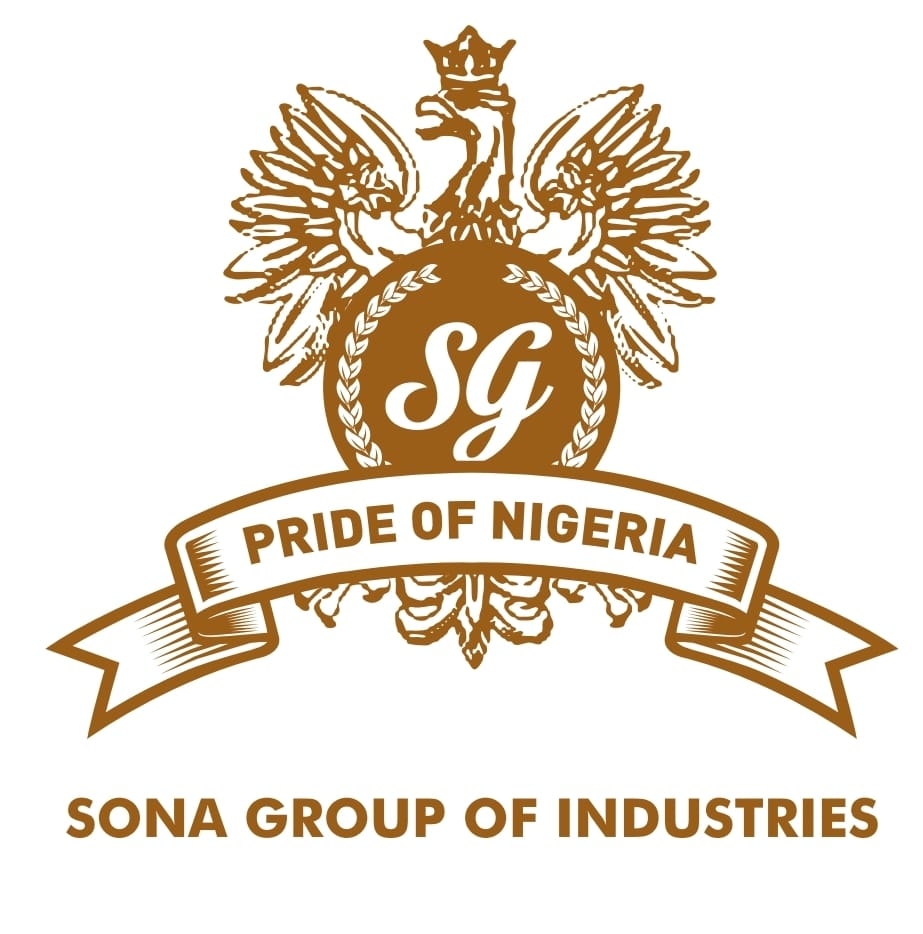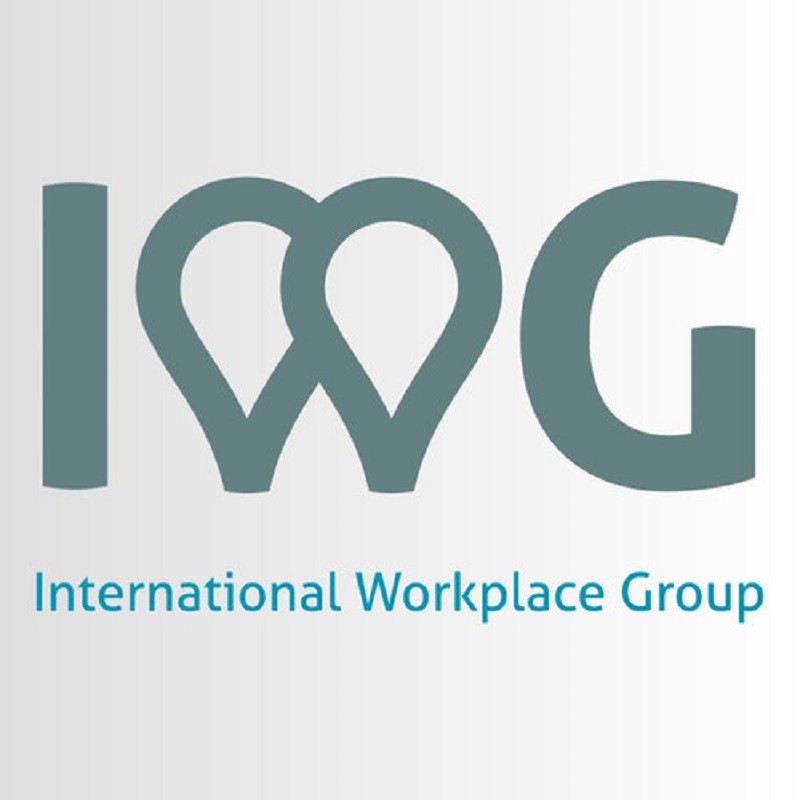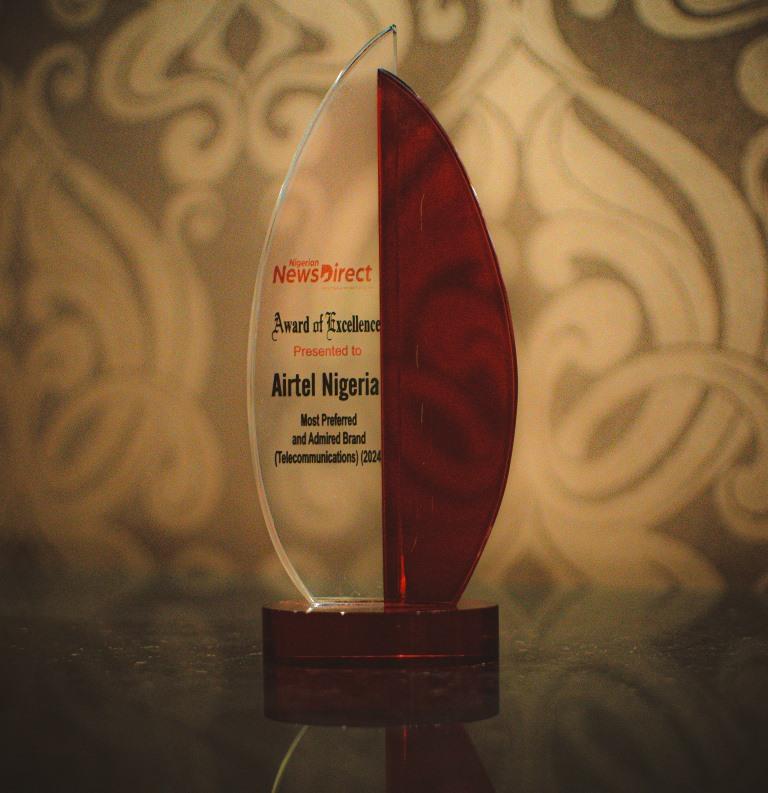Brands/Products
SONA Group: Contributing To Healthy Environment in Nigeria through Recycling

Plastic waste pollution in Nigeria has proven to be one of the most inimical threats to environmental health in the country, with dire consequences such as outbreaks of communicable diseases, loss of lives and properties and continuous environmental degradation.
Indiscriminate dumping of waste is a major contributing factor to the environmental disasters recorded annually as citizens, especially inhabitants of metropolitan areas in the country discard most of their waste, including plastic bags and bottles illegally in drainages and canals.
This in turn congests the channels, hindering the free flow of water whenever it rains and ultimately leads to flood.
In an attempt to reduce the undesirable effects, many citizens resort to burning their plastic waste, which also triggers numerous health and environmental risks as a result of air pollution.
Recycling has been globally identified as the most effective solution to the problem of plastic waste pollution. In order to curtail plastic waste pollution, the Nigerian government has announced plans to introduce policies on plastic waste management, as well as strategies to implement waste recycling programs, encouraging recycling culture in the country.
However, only a handful of companies are currently recycling plastic waste to significantly abate environmental hazard and promote public health in Nigeria. One of such companies is SONA Group of Industries.
Established over 30 years ago, SONA Group is a foremost conglomerate in Nigeria with up to 10 subsidiaries, cutting across diverse sectors and making significant investments in each.
Since inception, the company has provided world-class quality products to elevate the standards of living in the country.
One of SONA’s subsidiaries, Shongai Packaging Industries Ltd, is a major player in plastic packaging manufacturing in the country; producing several domestic and industrial products including injection moulded plastic furniture, storage crates, basins and buckets, rugged crates for beer & beverage, cosmetic jars, plastic pallets, among others.
Owing to the company’s extensive range of plastic products and the desire to facilitate a healthy environment in Nigeria, it actively engages in plastics recycling.
The plastic wastes are processed into raw materials, which are then used to manufacture various plastic products.
Currently, Shongai Packaging owns five recycling plants, with four being fully functional while the fifth is being completed.
SONA Group’s Chairman A.K Mirchandani has revealed that one of the pivotal reasons for the company’s investment in multiple recycling plants is to enable the efficacious eradication of plastic waste pollution in Nigeria.
According to him, “A clean and safe environment for the citizens should be the priority of every manufacturing company in the country.
“Our goal is to promote public health through our recycling, hence the construction of more plants. Our recycling goes beyond production as we see it as an avenue to add considerable value to Nigeria as a nation.”
Mr Mirchandani wished more companies could espouse and engage in recycling as much as SONA Group does, as it will undoubtedly diminish environmental degradation and precipitate the growth of Nigeria’s industrialization.
Shongai Packaging Industry Ltd began recycling about 10 years ago, with only 200 tons of plastic being recycled. Presently, over 20, 000 tons of plastics are recycled in the plants annually, with cutting-edge European technology being used by the company for the recycling process.
About 85 percent of the materials used in manufacturing Shongai’s products are derived from recycling, which is a contributing factor to SONA Group’s adulated eco-friendly production processes over the years.
With waste recycling still being relatively unexplored in Nigeria, if more companies actively engage in recycling like Shongai Packaging Industries, plastic waste pollution which has now become one of the major scourges of environmental degradation in the country will be effectively controlled, promoting public health and reducing monumental loss caused by the pollution considerably.
Besides public health, other ways Nigeria as a nation could benefit from recycling include energy conservation, economic growth, conservation of natural resources, reduction of landfill waste, and several more.
Brands/Products
Egbin, Ijede, Ipakan Residents Troop Out for Egbin Power Annual Medical Outreach

By Modupe Gbadeyanka
Residents of Egbin, Ijede, and Ipakan in Lagos State recently trooped out for the 7th Annual Medical Outreach of Egbin Power.
The three-day medical outreach was organised in partnership with a Non-Governmental Organisation (NGO) known as Livewell Initiative in line with the power-generating company’s commitment to ensuring healthy lives and well-being of its host communities.
This programme also aligns with the United Nations (UN) Sustainable Development Goal 3 (SDG 3) – Good Health and Well-being.
The outreach attracted over three thousand people, including children, adults and nursing mothers, who enjoyed cardiovascular, arthritis, dental, eye-check, diabetes tests, malaria treatment, hepatitis screening, and blood pressure examination.
It was gathered that eyeglasses, dental kits, and medications were administered at no cost to the residents after careful examination by qualified medical practitioners.
“At Egbin Power, we recognise that the health and well-being of our host communities is crucial to our success. This medical outreach programme is one of the ways we demonstrate our commitment to giving back to our host communities.
“It is also in alignment with our commitment to SDG 3 and we believe that access to quality healthcare is a fundamental right, and we will continue to work towards making it a reality for all,” the Head of Corporate Communications and Branding at Egbin Power, Mr Felix Ofulue, stated.
“We are proud to partner with Egbin Power on this medical outreach programme. Together, we are making a positive difference in the lives of the people in these communities,” the Managing Director of Livewell Initiative, Dr Bisi Bright, said.
Also speaking at the event, the Aro of Egbin Kingdom, Mr Olayemi Olukunga, said, “We are grateful to Egbin Power for their kindness and generosity. This medical outreach programme has become an annual tradition that we look forward to, and we appreciate the positive impact it has on our community.”
One of the beneficiaries, Mrs Wasilat Ogundipe, thanked Egbin Power for the gesture, saying, “It affords us timely access to free medical examinations, enabling our children, parents and vulnerable community members to address their health concerns.”
Brands/Products
IWG Plans Flexible Working Spaces in Lagos Amid Growing Demand

By Adedapo Adesanya
International Workplace Group (IWG), the world’s largest provider of hybrid working solutions with notable brands like Spaces and Regus, is opening two state-of-the-art flexible workspaces in Lagos to meet the rising demand.
The addition of IWG’s latest locations, HQ Lagos Lekki Link Bridge and Regus Lagos Mansard Place, followed the business posting its highest-ever revenue, cashflow and earnings growth in its history and achieving rapid network growth, signing 465 new locations in the first half of 2024 alone.
According to the company, the adoption of hybrid working rapidly is accelerating across Nigeria and these new locations in Lagos are part of the drive by IWG to meet the sharply rising demand for top-class flexible working space in the area.
Its unique offering will enable local people to experience living in a “15-minute” city, allowing workers to work close to their homes without commuting far from where they live.
The HQ workspace is set to open in Lekki in March 2025 and will It will be located on the 2nd and 3rd floor while the Regus location at Mansard Place (situated at Plot 928, Bishop Aboyade Cole Street, Victoria Island) will be on the 3rd floor of the six storey building and will open in February 2025.
The buildings will provide space for established firms and start-ups across a range of industries, while IWG’s Design Your Own Office service allows companies to tailor their space entirely to their requirements. The new locations will include facilities including private offices, meeting rooms, co-working and creative spaces.
With explosive market growth as companies of all sizes adopt hybrid working for the long-term, it is predicted that 30 per cent of all commercial real estate will be flexible workspace by 2030 and IWG believes that partners will be able to capitalise on this fast-growing sector,
The potential for further growth is exponential with an estimated 1.2 billion white collar workers globally and a total addressable market of more than £1.57 trillion. Conventional office occupancy will continue to fall as businesses require less traditional space and turn to flexible workspace instead.
Last year alone, IWG welcomed over 800 new partner locations and counts 83 per cent of Fortune 500 companies among its customer base.
Speaking on this, Mr Mark Dixon, CEO & Founder of International Workplace Group Plc, commented: “We are establishing a stronger and much-needed footprint in Nigeria with this these latest openings.
“As an important business hub Lagos is a fantastic place for us to boost our expansion plans. The need for high-quality flexible workspaces continues to soar as hybrid working becomes the new normal.
“We are very pleased to work in partnership with Sterling Bank and APD Mansard Place to develop the brand under a management agreement that will add a cutting-edge workspaces to their the buildings.
“Our openings in Lagos comes at a time when more and more companies are discovering that flexible working boosts employee happiness and satisfaction, while helping the environment. Our workplace model is also proven to increase productivity and allows for a business to scale up or down at significantly reduced costs.”
Brands/Products
Airtel Nigeria Wins Most Preferred Telecom Brand Award

By Modupe Gbadeyanka
Another award has been added to the shelves of Airtel Nigeria for the quality service it offers its numerous subscribers.
At the 14th Nigerian NewsDirect Awards held at the Lagos Oriental Hotel on Friday, December 6, 2024, the company went home with the Most Preferred and Admired Telecommunications Brand award.
The chief executive of Airtel Nigeria, Mr Dinesh Balsingh, thanked the news platform for the recognition, reiterating the dedication of the organisation towards the growth of Nigeria.
“At Airtel, we remain steadfast in our mission to enrich lives and contribute to the sustainable growth of our nation, and we are proud to receive this award as the Most Preferred and Admired Telecommunications Brand.
“This recognition reaffirms our commitment to connecting Nigerians, driving digital inclusion, and empowering communities through innovative solutions,” he said.
The ceremony, themed Achieving Economic Prosperity: The Role of Human Capacity Development, Fiscal Prudence, and Revenue Generation, celebrated outstanding contributions made by individuals and corporate organisations to national development across sectors and industries.
The chairman of Odu’a Investment Limited, Mr Bimbo Ashiru, thanked all participating entities for their “continuous contributions and support to the nation’s growth.”
“You have demonstrated excellence and have significantly contributed to Nigeria’s progress and we believe this platform will continue to highlight and encourage best practices across industries,” he stated.
The event attracted several persons, including the chairman of the Lagos State Internal Revenue Service (LIRS), Mr Ayodele Subair; and the Registrar-General of the Corporate Affairs Commission (CAC), Mr Hussaini Ishaq Magaji; among others.
-

 Feature/OPED5 years ago
Feature/OPED5 years agoDavos was Different this year
-
Travel/Tourism8 years ago
Lagos Seals Western Lodge Hotel In Ikorodu
-

 Showbiz2 years ago
Showbiz2 years agoEstranged Lover Releases Videos of Empress Njamah Bathing
-

 Banking6 years ago
Banking6 years agoSort Codes of GTBank Branches in Nigeria
-

 Economy2 years ago
Economy2 years agoSubsidy Removal: CNG at N130 Per Litre Cheaper Than Petrol—IPMAN
-

 Banking2 years ago
Banking2 years agoFirst Bank Announces Planned Downtime
-

 Sports2 years ago
Sports2 years agoHighest Paid Nigerian Footballer – How Much Do Nigerian Footballers Earn
-

 Technology4 years ago
Technology4 years agoHow To Link Your MTN, Airtel, Glo, 9mobile Lines to NIN












